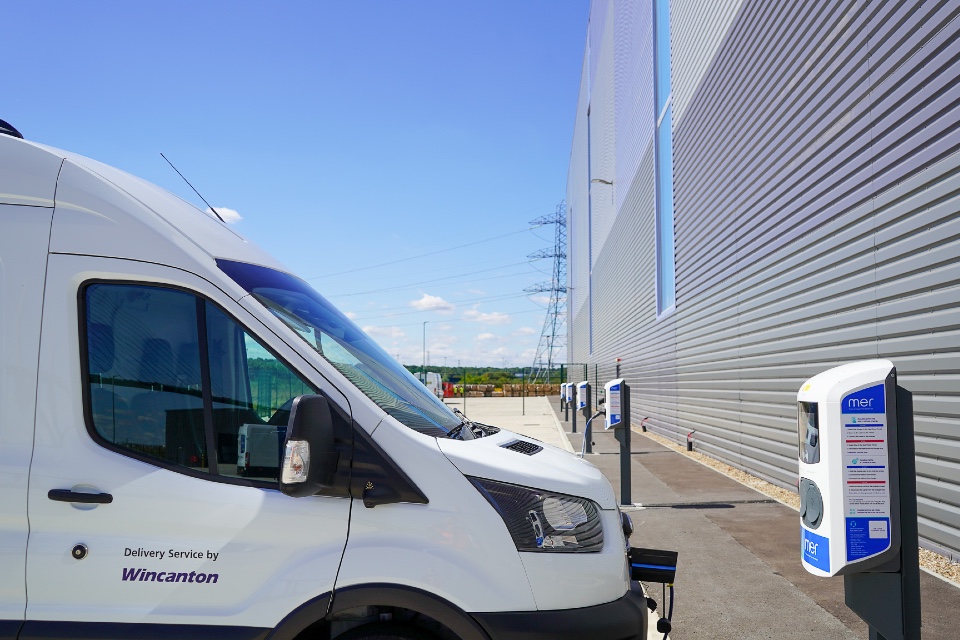By Andy Cuerden, Managing Director, Europe, eDriving
What do you do if a customer calls your company employee while they are driving?
An eDriving client recently shared a story about a customer calling their customer services department from a mobile phone while driving.
The customer services representative politely informed the customer: “I’m sorry, it is against our company policy to talk to customers when they are driving. Please call back when you’re not driving.”
For eDriving, a risk management company with over 23 years of experience of working with fleets on a global scale, this story is an excellent real-world example of a safety culture successfully becoming part of an organisation’s DNA. Especially when you consider that, with a non-driving role, a customer services rep would not typically be part of a company’s road safety programme or subject to their mobile phone while driving/ distracted driving policies.
It clearly demonstrates that safe driving is top of the company’s agenda, across the whole organisation. And, despite the customer not being too impressed, the employee was fully supported by her line manager and leadership.
The reason for sharing this story is to demonstrate that, while risk management might officially be the responsibility of your company’s health and safety, risk or fleet management departments; safety is in fact everyone’s responsibility. And that includes leadership. Regardless of job title, everyone wants to make it home safely at the end of every day and everyone therefore has a shared responsibility for your organisation’s safety mission.
At eDriving we talk about working towards a crash-free culture®. That’s a culture in which risk reduction efforts are at the forefront of your organisation’s activities and one that does not accept crashes as an inevitable part of driving for work.
Making safety part of every day
Safety should be part of daily discussions, activities and meetings. It should also form part of performance reviews, annual conferences, etc. Any opportunity to bring safety to the table should be taken, so that it’s never seen as a “campaign”, or “tick-box” exercise. It must become a way of life.
Driver policies, risk assessment and routine training should be standard, but these should be supplemented and supported by ongoing safety messaging that maintains or guides safer driving behaviours and quickly addresses risky behaviours before they become habits. In the digital age it’s relatively straightforward to communicate your safety goals, missions and objectives regularly. Think of different ways to engage employees; from email signatures to prizes for best performance, it all helps to keep the focus firmly fixed on driver safety.
Start at the top
If creating a crash-free culture was easy, everyone would be doing it. It does take effort, but it’s worth it. Securing leadership backing is crucial for the messaging and commitment to work its way down – and across – your organisation’s hierarchy.
Make sure all managers are on board and engaged, and give them the tools they need to communicate with their teams. Involve your customers and employees’ families wherever possible, who might include authorised drivers of company vehicles. Set goals, targets and produce analytics to measure progress. In-house attitude surveys will keep you on track, as well as informal discussions wherever possible.
It goes without saying that dialling into conference calls, sales or product development meetings while driving needs to become a thing of the past for ALL employees – yes you might experience pushback on this but if it’s company policy it’s important for everyone, at all levels, to live and breathe it.
And, interestingly, many of our clients report an increase in productivity, wellbeing, creativity and profitability when they prohibit the use of mobile phones while driving.
Make use of actionable intelligence
While telematics data alone will not change driver behaviour, telematics data can provide helpful insights into how your crash-free culture and wider risk management programme is performing.
Acceleration, braking, cornering, speed vs. speed limit of the road, and distraction events data, combined with your drivers’ crash and licence endorsement history can help you to identify your most “at-risk” drivers for further support and coaching.
Similarly, this combination of data helps you to review the progress of your risk management programme and ensure that driver safety remains where it should be on your list of company priorities: right at the top, every day.
About eDriving
eDriving helps organisations to reduce collisions, injuries, licence endorsements and total cost of ownership through a patented closed-loop driver behaviour-based safety programme that reduces collisions by up to 67% and provides ROI of 20-40%.
Mentor by eDriving’s comprehensive systemprovides behavioural insights and actionable intelligence to help organisations build a total view of driver risk within a company-wide crash-free culture to ensure that all drivers return home safely to their loved ones at the end of each day.
eDriving is the risk management partner of choice for many of the world’s largest and safest fleets, having served over 1 million drivers in 45 languages and 96 countries over its 23 years in the industry. eDriving’s programme has been recognised through 70+ client and partner awards around the world.









